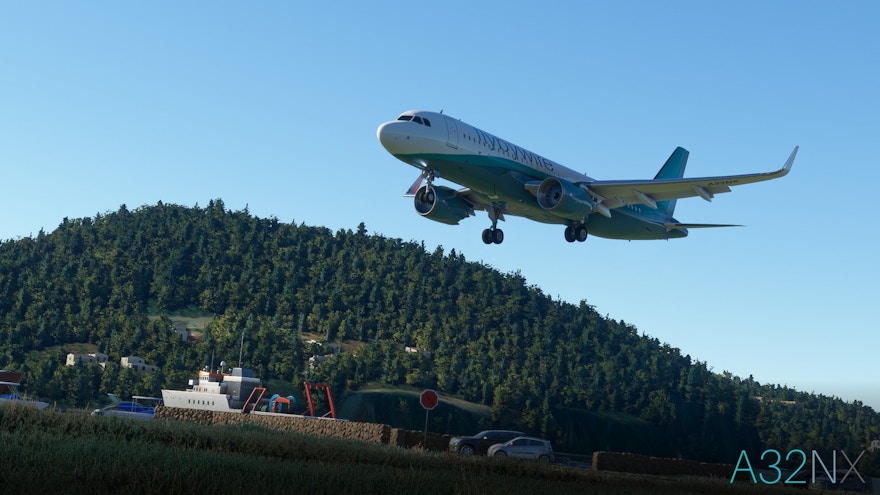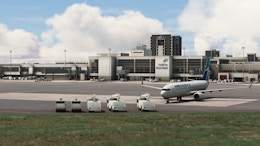The FlyByWire team has given us a development update of their Airbus A32NX, detailing some of the current development efforts regarding the freeware add-on. The team will be posting several updates over the coming weeks in order to announce all the things in store for 2022. For now the update focusses on the custom flight management system that the FlyByWire team has crafted.
Version 1.5 of the custom FMS is currently available from the experimental branch and contains several changes to how the flight plan is accessed and displayed on the navigation display. In practice this means the ND no longer has access to the flight plan and instead the FMS is now responsible for drawing.
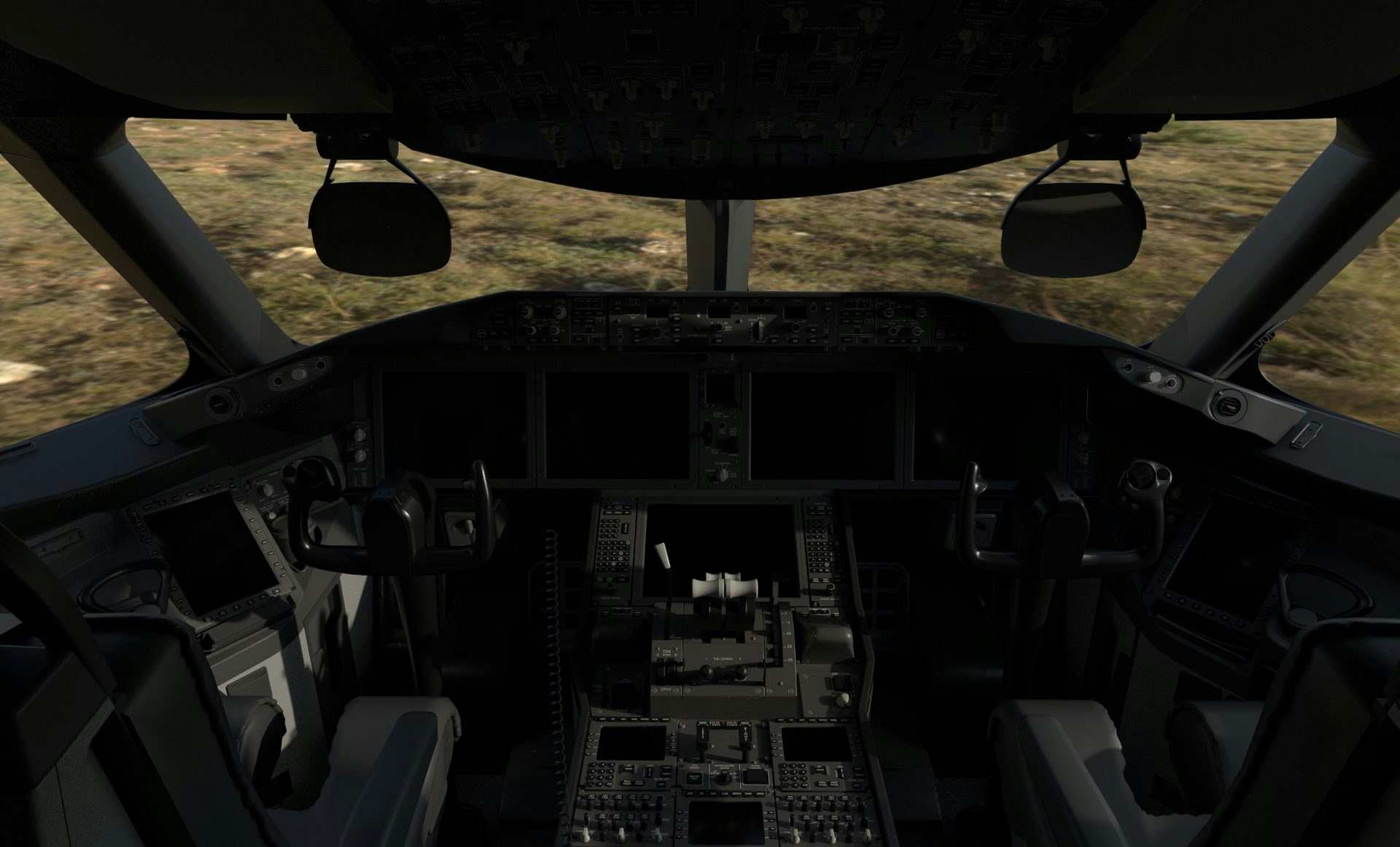

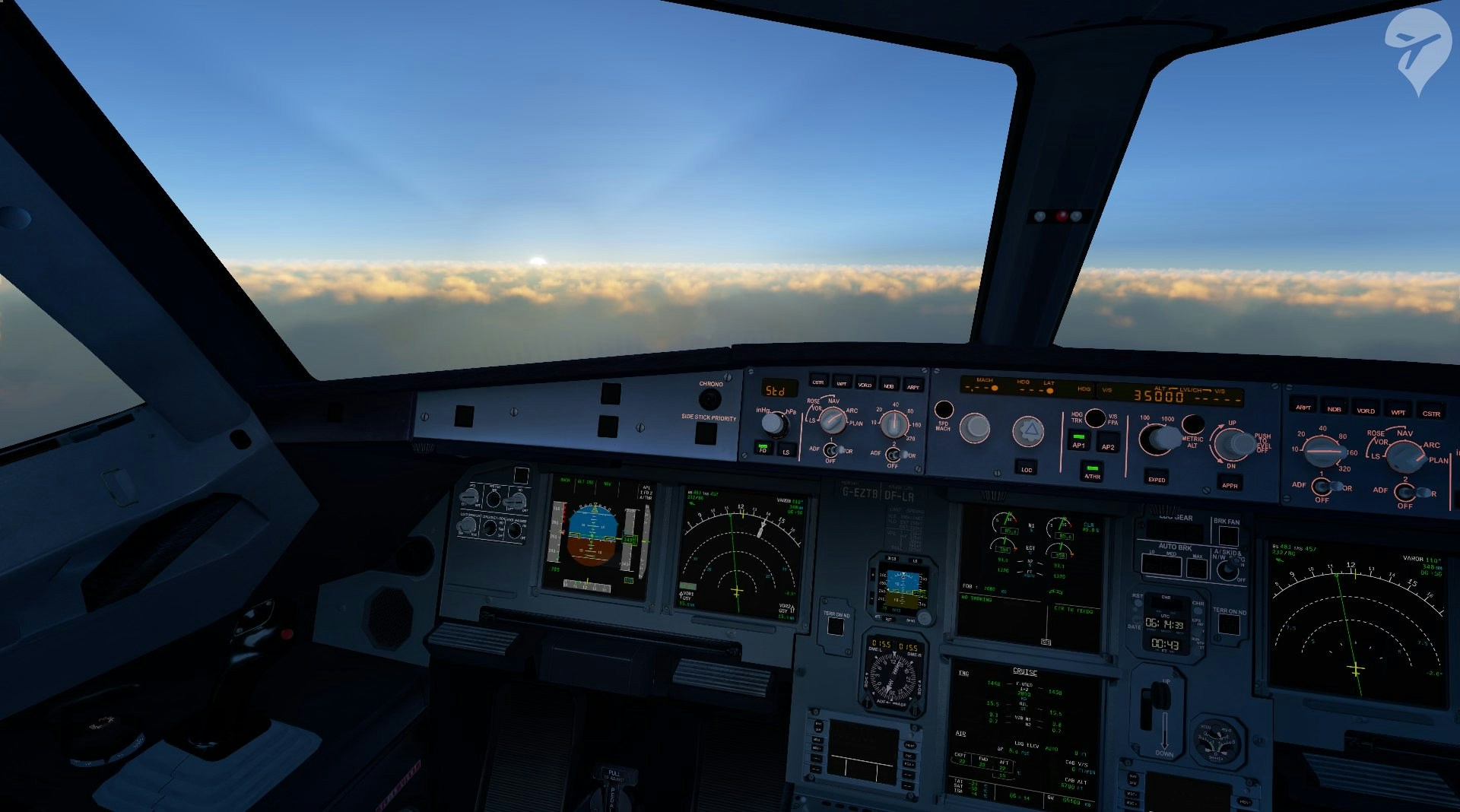
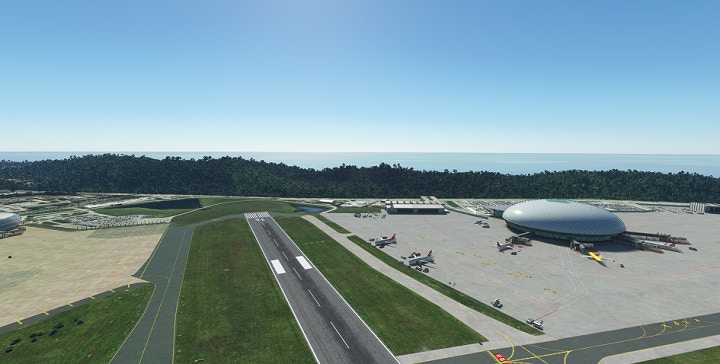
Also included in the 1.5 FMS update are improvements to how the lateral paths are generated. The flight paths can now be drawn significantly more accurate than before. The turn prediction algorithm has also received an upgrade and now supports several more turn cases. These comply with the new leg types included in the lateral path changes and also should provide more accurate and robust prediction.
Last but not least the guidance algorithm has been updated to reduce cross track errors, provide more precise navigation and reduce the performance impact.
The team also shared some of the future developments coming to the custom FMS. FMS v2 will feature improved flight planning and route stringing. In practice, this means that the flight plan should be able to connect much better with different kind of flight path segments, such as SID’s and enroute airways. A few more changes were listed, such as support for missed approaches as well as alternate and secondary flight plans.

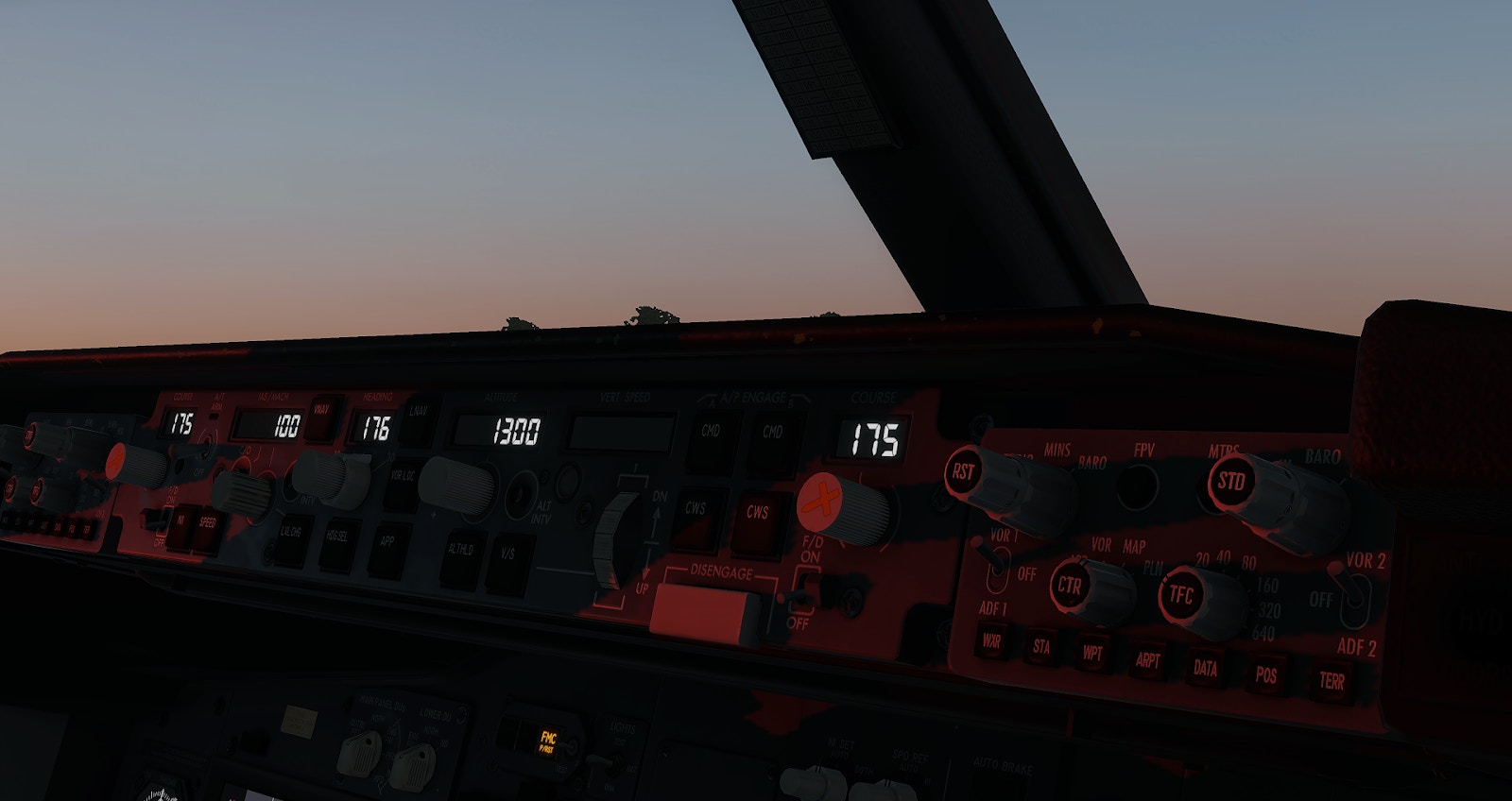
With all the improvements made to the LNAV as mentioned above, the team has also been able to make considerable progress on the VNAV system. The FMS will be able to predict a full altitude profile, including altitude and speed constraints. These are in turn also used for creating a more accurate lateral path, and thus the two systems heavily rely on and compliment each other. VNAV predictions are recomputed regularly during flight to account for different kind of changes to provide more accurate information.
There are however still a few challenges in the implementation of the FMS. Some calculations still require certain data that is not yet available or needs to be simulated before the FMS is able to create an accurate prediction.
